When it comes to choosing a dietary supplement, the options can feel overwhelming. Two popular formats—gummies and powder supplements—often dominate the shelves, each with its own appeal. Gummies promise convenience and a candy-like experience, while powders offer flexibility and potency. But which is healthier? A dentist might immediately raise an eyebrow at gummies, pointing to their sticky, sugary nature as a red flag for oral health. Beyond teeth, though, the answer hinges on ingredients, nutrient delivery, and your health goals. Let’s dive into the science, explore what a dentist would say, and unpack why powders often edge out gummies in the health department.
The Basics: What’s the Difference?
Gummies are chewable supplements shaped like little bears or fruits, often packed with vitamins, minerals, or other nutrients. They’re pre-dosed, portable, and designed to taste good, thanks to a base of gelatin, pectin, or other gelling agents mixed with sweeteners and flavors. Powders, on the other hand, come as loose, dry mixes you scoop into water or a smoothie. They’re less processed in terms of texture but can pack a higher concentration of active ingredients without the need for a chewy structure.
At first glance, gummies seem like the winner for ease—pop one in your mouth and go. Powders require a bit more effort: measuring, mixing, and sometimes tolerating a less-than-thrilling taste. But health isn’t about convenience alone. To figure out which is truly better, we need to look at composition, absorption, and long-term impact.
The Science of Nutrient Delivery
One of the biggest differences between gummies and powders lies in how much nutrition they can deliver. Powders have a clear advantage here. A single scoop of powder can contain a hefty dose of nutrients—think 10 grams of collagen, 5 grams of branched-chain amino acids (BCAAs), or 1,000 mg of vitamin C. Gummies, limited by their small size and need for a palatable texture, often cap out at much lower amounts. For example, a typical multivitamin gummy might offer 10 mg of vitamin C—barely 11% of the recommended daily intake—while a powder could easily deliver 100% or more.
Why the disparity? Powders don’t need to be molded into a stable, chewable form, so they can prioritize active ingredients over structural ones. Gummies, by contrast, rely on a base of gelatin or pectin, which takes up space and dilutes the nutrient load.
Gummy vitamins often contain less of the advertised nutrient per serving compared to other forms, partly due to these formulation constraints. Powders, free from such limitations, can pack more punch per gram.
Absorption matters too. Powders dissolve in liquid, breaking down into a form your body can readily absorb, especially for water-soluble nutrients like B vitamins or magnesium. Gummies, while digestible, may lose some bioavailability due to heat processing or interactions with their binding agents. A 2020 review in Journal of Food Science noted that certain nutrients, like vitamin D, degrade under the high temperatures used to make gummies, whereas powders—often cold-processed—retain more potency.
The Gummy Base: Necessary but Not Always Nutritious
Gummies wouldn’t be gummies without their chewy foundation, but that base often comes with a catch. Gelatin (from animal collagen) or pectin (plant-based) gives them structure, while sugar, corn syrup, or artificial sweeteners make them tasty. These ingredients are essential for the gummy experience—without them, you’d have a gooey mess or a hard pill—but they don’t always align with health goals.
Take sugar: a single gummy might have 2-3 grams, which adds up if you’re taking multiple doses daily. Over time, that’s extra calories and a potential blood sugar spike, especially for those watching their intake. Even sugar-free gummies often use maltitol or sorbitol, sugar alcohols that can cause digestive upset in large amounts. A 2019 study in Frontiers in Nutrition highlighted that excessive sugar alcohol consumption can lead to bloating or diarrhea, negating some of the supplement’s benefits.
Then there’s the “stickiness” factor, which brings us to a dentist’s perspective. These bases make gummies cling to teeth, creating a breeding ground for bacteria. Add in artificial flavors or colors—common in gummies to mask nutrient bitterness—and you’ve got a recipe that’s more candy than health food. Powders skip this entirely, relying on minimal additives or none at all, letting the nutrients shine without a sugary scaffold.
What Would a Dentist Say?
A dentist would likely zero in on oral health as a deciding factor. Gummies, with their sticky, sugary residue, are a cavity risk waiting to happen. Plaque bacteria thrive on sugars left behind, producing acid that erodes enamel. A 2021 study in Caries Research found that sticky foods, including gummy vitamins, increase the time teeth are exposed to fermentable carbohydrates, raising the risk of decay. Acidic ingredients like citric acid, often added for tartness, compound the problem by softening enamel further.
Powders, by contrast, don’t linger on teeth. You sip them, swallow, and they’re gone—no sticky film, no sugar buffet for bacteria. A dentist might note that acidic powders (say, a vitamin C mix) could pose a mild risk if sipped slowly, but rinsing your mouth or drinking through a straw mitigates that. Overall, they’d see powders as the tooth-friendly choice, especially for patients prone to cavities or enamel wear.
Why Powders Are Healthier
Beyond dentistry, powders have a strong case for being the healthier option. Here’s why:
- Higher Nutrient Density: As mentioned, powders can deliver more nutrients per serving. Need 20 grams of protein post-workout? A powder can do it; gummies can’t come close.
- Fewer Additives: Powders often skip the sugars, fillers, and artificial junk needed to make gummies palatable. A clean powder might list just one ingredient—like whey protein or spirulina—while a gummy’s label reads like a candy wrapper.
- Better Absorption: Dissolved in water, powders hit your system fast and efficiently. Gummies, processed with heat and binders, might lose some nutrient potency or absorb less completely.
- Customizable Dosing: With powders, you control the scoop size. Gummies lock you into a fixed dose, which might be too little (or too much) for your needs.
-
Long-Term Safety: No sugar means no extra calories or blood sugar spikes. No stickiness means happier teeth. Over months or years, these small advantages add up.
Yes, gummies win on convenience—portable, no mixing, kid-friendly. But health isn’t about what’s easiest; it’s about what works best. Powders trade a minute of prep for a cleaner, more effective supplement.
The Convenience Trap
Gummies’ biggest selling point is their grab-and-go appeal. For busy folks or picky eaters, that’s a lifeline—compliance matters, and a gummy you’ll take beats a powder you won’t. But this convenience comes at a cost. The sugar, the lower potency, the dental risks—they chip away at the “healthy” label. Powders demand a bit more effort, but that effort pays off in nutrient quality and bodily benefit.
A Dentist’s Recommendation
So, where does this leave us? A dentist would likely wrap it up like this: gummies might be fine occasionally, but powders are the smarter pick for your teeth and overall health. They’d urge you to check gummy labels for sugar and acid content, brush after eating them, and consider switching to powders if cavities or enamel erosion are concerns. Health-wise, the science backs this up—powders deliver more nutrients, skip the junk, and align with a body-first approach.
In the end, “healthier” depends on your priorities. If convenience trumps all, a high-quality, low-sugar gummy could suffice for basic needs. But if you’re after maximum nutrition without the trade-offs, powders stand tall. They’re not as fun to eat, sure—but your teeth, your gut, and your long-term wellness will thank you.


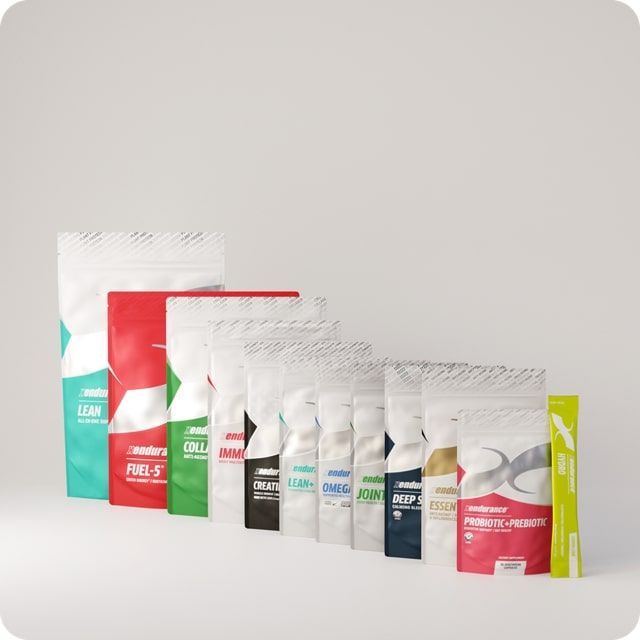
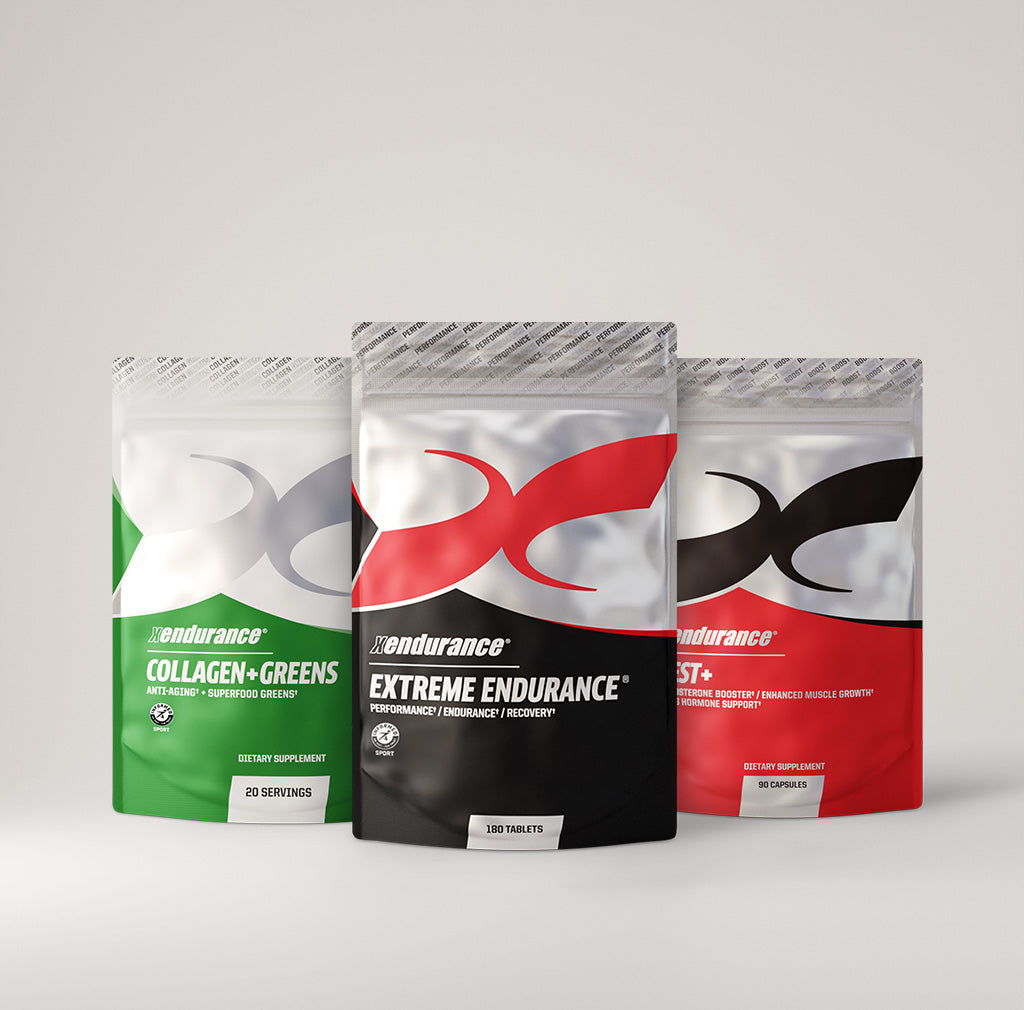
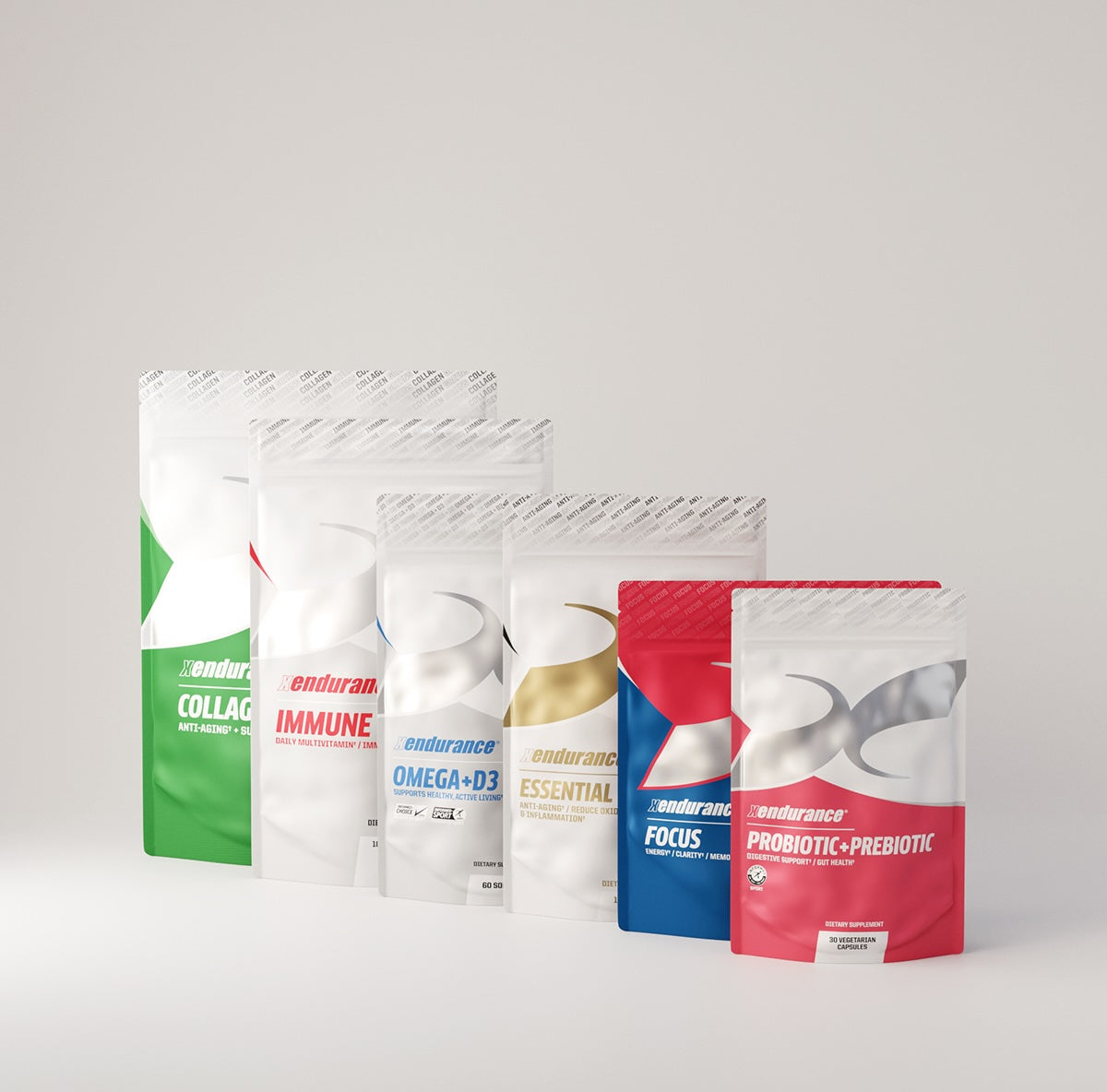
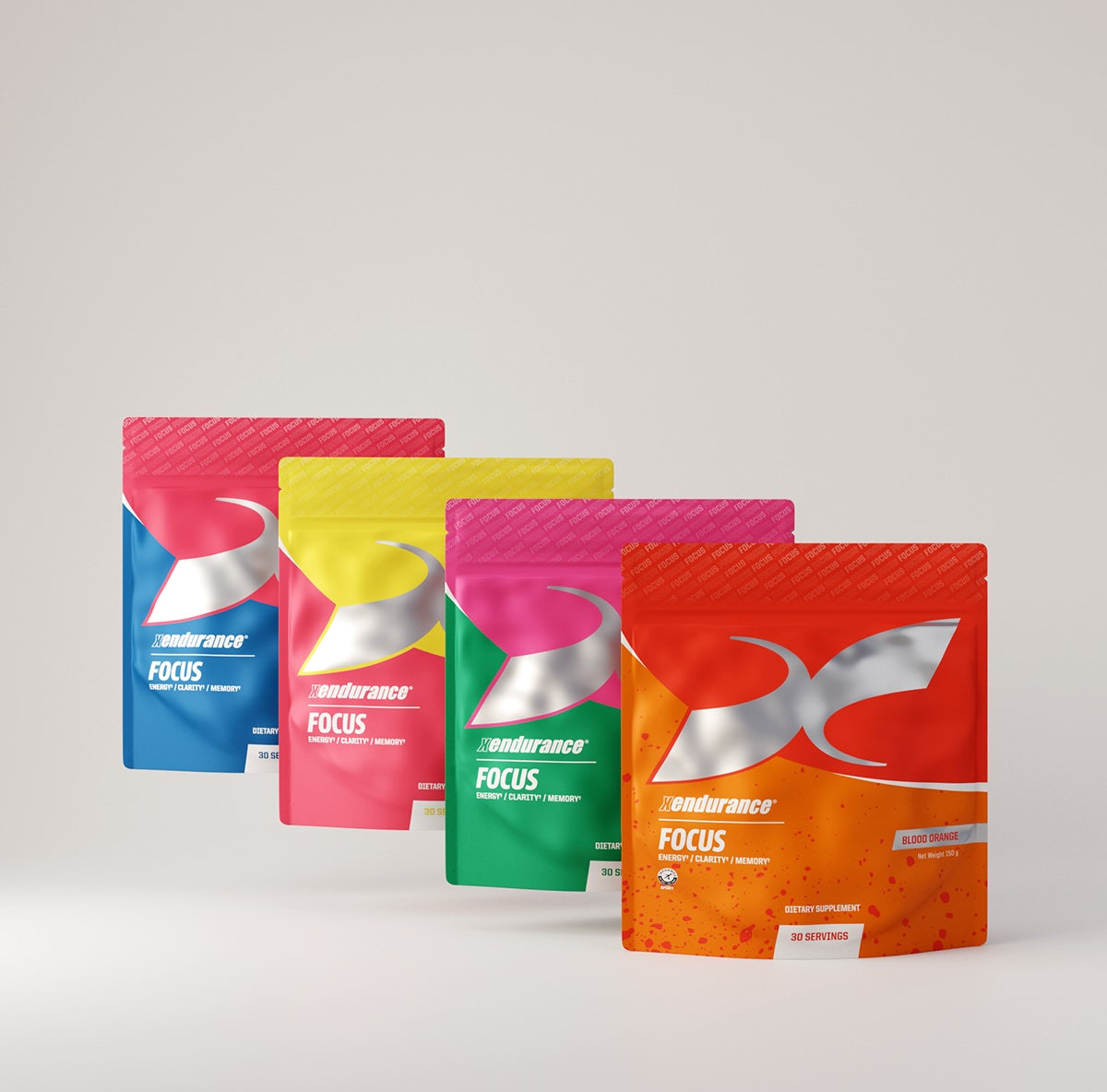

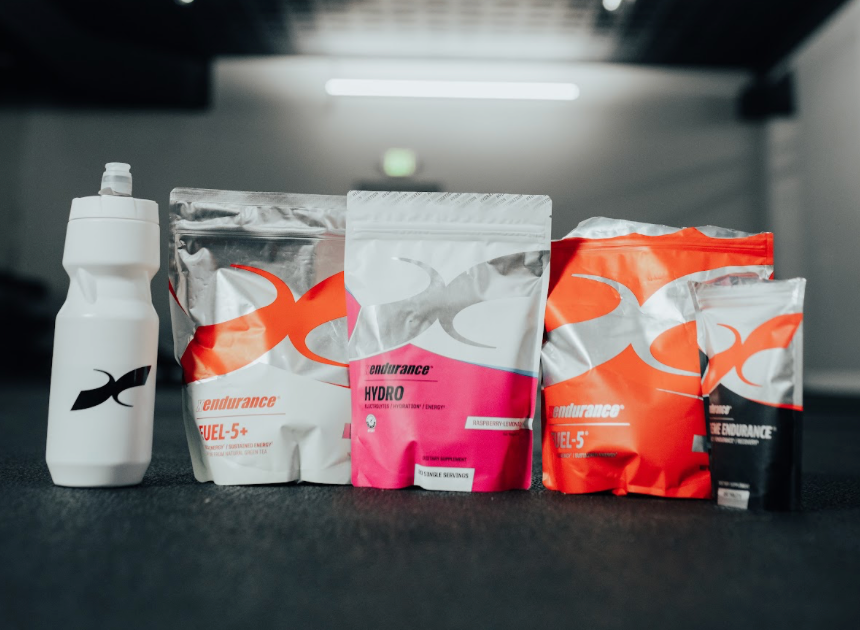

Leave a comment
This site is protected by hCaptcha and the hCaptcha Privacy Policy and Terms of Service apply.